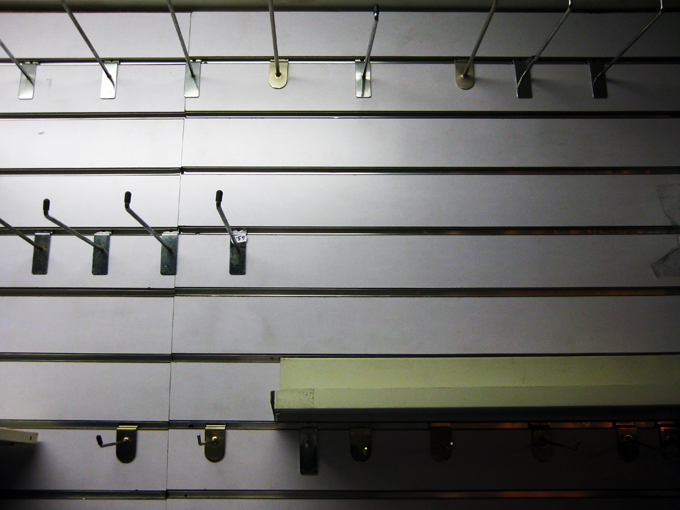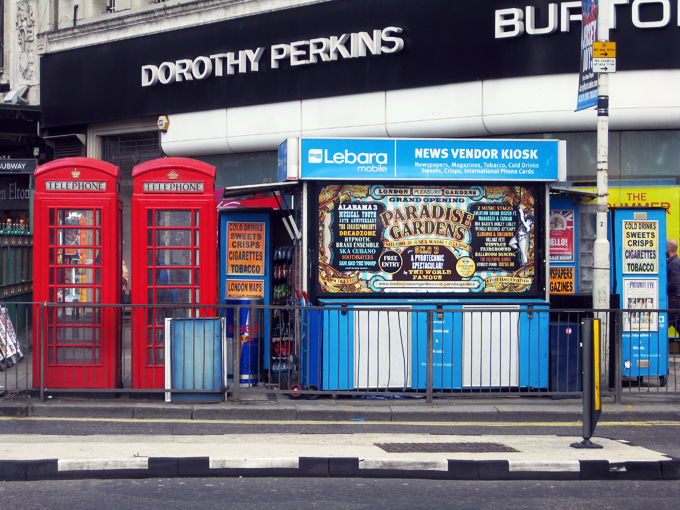The thesis is available for download via the RHUL website here. Please note, it is best viewed in spreads. In Acrobat: View --> Page layout --> Facing pages.
Here is the abstract:
This thesis explores material and practice in the ad hoc shops of a London neighbourhood. These discount shops, corner shops, kiosks, and souvenir stands are not organised or managed according to top-down design strategies, but emerge from everyday rhythms of shopkeeping and the heterogeneity of their materials. Overall the project asks: how do these everyday ad hoc shops work through and on various powerful urban forces? It draws from wider debates about everyday places, retail geographies, and city building and is driven by intellectual impulses concerning material geographies and the politics of improvisation. It sees these shops – and the neighbourhood that houses them – as powerful assemblages of animated matter and approaches shopkeeping as a meaningful material practice. Insights into the shops were gained by in-shop and visual ethnography, interviews with officials, and discussions with shopkeepers. The alternate format of this thesis resonates with the complexity and contradictions of the shops and represents an experiment in visual storytelling. Stories of material, practice, and politics are woven through four empirical chapters. The first introduces the neighbourhood and shops, and outlines external interests in managing the shops’ matter. Secondly, I detail the work and material of shopkeeping – stocking, displaying, rejigging, making do – and the moral economies of these vernacular curatorial practices. Thirdly, I explore the interdependence of the shops and the brands they offer, outlining how they work together. The last empirical chapter focuses on the precarity of the shops and the translocality of their keepers. The concluding chapter summarises themes running throughout the thesis: the politics of material difference; the spontaneity and liveliness of material; the aesthetics of order and disorder; creative practice and domestication; and the politics of affective atmospheres. It reflects on the potential of ad hoc-ness and ad hoc shops in the city, and the politics of their recognition.
I will soon be taking up a SSHRC-funded postdoctoral fellowship at the University of Toronto. Though ad hoc shops may not be the focus of this next research, my respect for them is enduring. Thanks to all for your interest in the project.



































